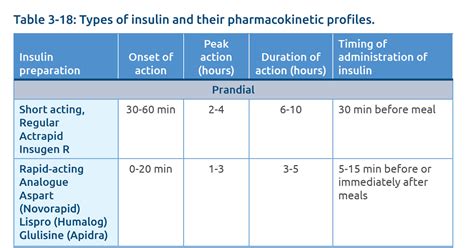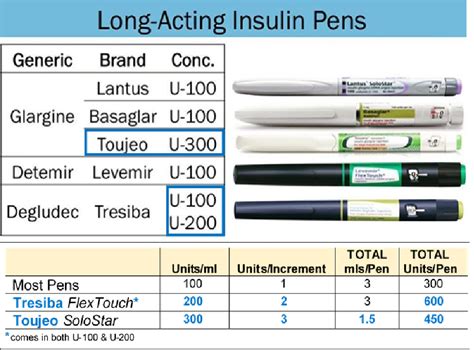Intro
Discover the 5 types of insulin, including rapid, short, intermediate, long, and premixed, and learn how they differ in onset, peak, and duration, helping you manage diabetes effectively with the right insulin therapy and regimen.
The importance of insulin in managing diabetes cannot be overstated. Insulin is a hormone that regulates blood sugar levels, and its discovery has revolutionized the treatment of diabetes. With the advancements in medical technology, various types of insulin have been developed to cater to different needs and lifestyles. Understanding the different types of insulin is crucial for individuals with diabetes to manage their condition effectively. In this article, we will delve into the world of insulin, exploring its significance, types, and benefits.
Insulin therapy has become a cornerstone in diabetes management, and its effectiveness has improved significantly over the years. The development of new insulin types has enabled individuals with diabetes to lead a more normal life, with better control over their blood sugar levels. The different types of insulin are designed to mimic the natural insulin production in the body, providing a more physiological approach to diabetes management. With the increasing prevalence of diabetes, it is essential to understand the various types of insulin available and their characteristics.
The management of diabetes requires a comprehensive approach, including lifestyle modifications, diet, and insulin therapy. Insulin plays a vital role in regulating blood sugar levels, and its proper administration is crucial for effective diabetes management. The various types of insulin are designed to cater to different needs, including rapid-acting, short-acting, intermediate-acting, long-acting, and premixed insulin. Each type of insulin has its unique characteristics, benefits, and drawbacks, making it essential to understand their differences to make informed decisions.
Introduction to Insulin Types

Rapid-Acting Insulin
Rapid-acting insulin is designed to mimic the natural insulin production in the body, providing a quick and effective way to regulate blood sugar levels. This type of insulin starts working within 15 minutes after administration and peaks within 1-3 hours. Rapid-acting insulin is ideal for individuals who require quick blood sugar control, such as after meals. The benefits of rapid-acting insulin include: * Quick onset of action * Effective blood sugar control * Flexibility in dosing * Reduced risk of hypoglycemiaShort-Acting Insulin

Intermediate-Acting Insulin
Intermediate-acting insulin is designed to provide a longer duration of action compared to rapid-acting and short-acting insulin. This type of insulin starts working within 1-2 hours after administration and peaks within 4-12 hours. Intermediate-acting insulin is ideal for individuals who require a longer duration of action, such as between meals. The benefits of intermediate-acting insulin include: * Longer duration of action * Reduced risk of hypoglycemia * Improved blood sugar control * Flexibility in dosingLong-Acting Insulin

Premixed Insulin
Premixed insulin is a combination of different types of insulin, designed to provide a convenient and flexible way to manage blood sugar levels. This type of insulin is ideal for individuals who require a combination of rapid-acting and intermediate-acting insulin. The benefits of premixed insulin include: * Convenience and flexibility in dosing * Improved blood sugar control * Reduced risk of hypoglycemia * Simplified insulin regimenBenefits of Insulin Therapy

Insulin Administration
Insulin administration is a critical aspect of insulin therapy, and proper administration is essential for effective blood sugar control. The different methods of insulin administration include: * Subcutaneous injection * Insulin pump * Inhalation * Oral insulinConclusion and Future Directions

We invite you to share your thoughts and experiences with insulin therapy in the comments section below. Your feedback is valuable to us, and we appreciate your input in creating a supportive community for individuals with diabetes. If you found this article informative and helpful, please share it with your friends and family who may benefit from this information.
What is the difference between rapid-acting and short-acting insulin?
+Rapid-acting insulin starts working within 15 minutes after administration, while short-acting insulin starts working within 30 minutes. Rapid-acting insulin is ideal for individuals who require quick blood sugar control, such as after meals.
Can I use premixed insulin if I have type 1 diabetes?
+Premixed insulin is suitable for individuals with type 2 diabetes, but it may not be ideal for individuals with type 1 diabetes. However, it is essential to consult with your healthcare provider to determine the best insulin type for your specific needs.
How do I administer insulin using an insulin pump?
+Administering insulin using an insulin pump involves programming the pump to deliver a specific amount of insulin at set times. It is essential to follow the manufacturer's instructions and consult with your healthcare provider to ensure proper use.
